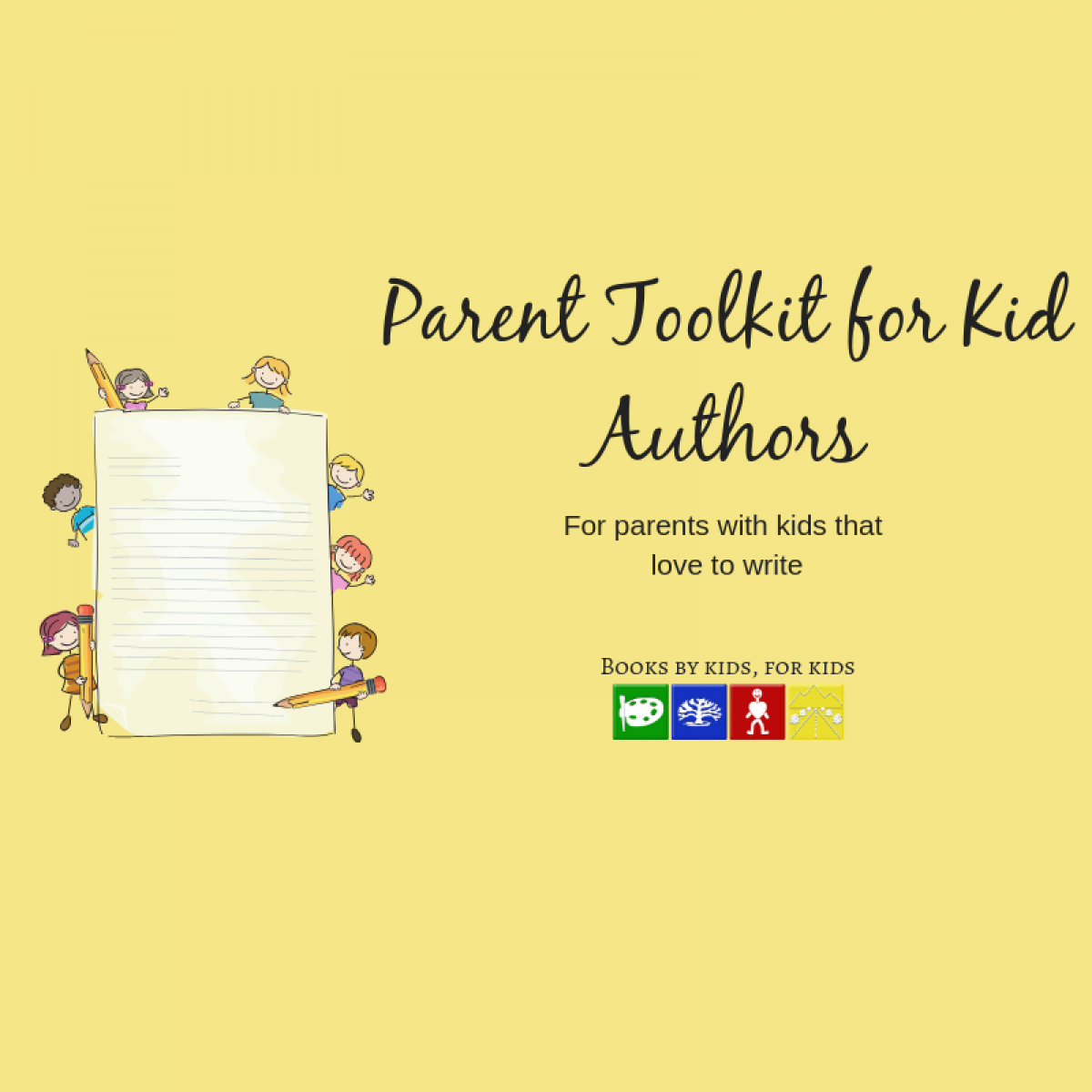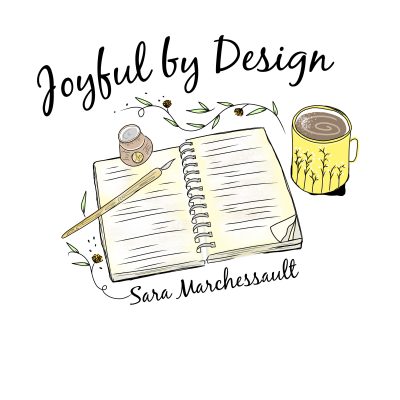Parent toolkit for Kid Authors #3: Writing in order – or not

“How should I approach writing my story?” A question I receive often. And if you can think of a specific answer, I guarantee there’s an author somewhere that agrees with you.
If you start listening to authors who discuss their writing process, you’ll learn all sorts of ideas you can try for your own writing efforts. One of my favorite authors says she always writes the ending to her story first. She figures out the end and she builds backward from there. Another author I dearly love recommends writing your story in the order it actually happens.
So, how do you know what works best for you?
Working with Kid Authors (KA’s) is a little bit different. While an adult author often has years of writing experience (even if it’s a first novel, an adult still has composed thousands of emails, written papers in college, etc.) a KA has been exposed to writing for fewer years.
Depending on their age, they’ve also likely been taught a writing formula in school. There’s structure. Remember the five paragraph essay?
Then there’s the process. Brainstorming, outlining, drafting or free writing, rereading, second draft, editing, questioning, and polishing may be steps that sound familiar to you.
The pre-writing steps of brainstorming and outlining are a great place to start with KA’s. They expect it and to many it’s a familiar place to begin. It’s also a good opportunity to teach about concepts such as fan fiction, protagonist, and the difference between plot (the events that happen in a book) and story (the internal change that happens to the protagonist as a result of plot events).
Brainstorming and choosing a story is covered in the first post in this series. Once a KA has made her decision about which story to write, grab any notes you jotted down from step one and encourage your KA to use them as a starting point for an outline.
Your KA can start with a traditional outline with indents and fancy Roman numerals.
It could be a stack of index cards with one for each scene or major event that has to happen in the story. The same can be done with sticky notes. What I love about sticky notes is you can put them on the wall and move them around to play with structure. This is something important for developing longer stories, especially with one where the point of view changes from time to time.
When writing an outline, start with the major events that happen in the story.
Some questions to help you get stared include:
- Who is the main character or protagonist?
- What are the things happening to the main character that are important enough to write this story?
- What happens to the main character at the end of the story?
The outline doesn’t have to be perfect. It certainly does not need to be followed exactly. It’s likely new ideas will come up along the way. But the outline is great for setting the course and starting the process of drafting the story.
With an outline in her hands, your KA can begin the drafting phase. She may start at the beginning or look at her outline and want to write the end scene first. Either way is perfectly fine. The important part of this stage is to keep the pen moving. Or fingers typing. Or recording the story into a voice recorder. See the second post in this series for tips on continuing to write.
What I love about this is the practice of useful skills, such as outlining and brainstorming, along with the element of learning to make decisions. Both will come in handy as your KA grows into a young adult.
Related Posts
Parent toolkit for Kid Authors #7: Publishing the book
I wish I could write that when your Kid Author (KA) writes a book all…
Parent toolkit for Kid Authors #6: Time to edit
Editing happens in phases, just like writing the book happened in phases. When I’m…


Leave A Comment